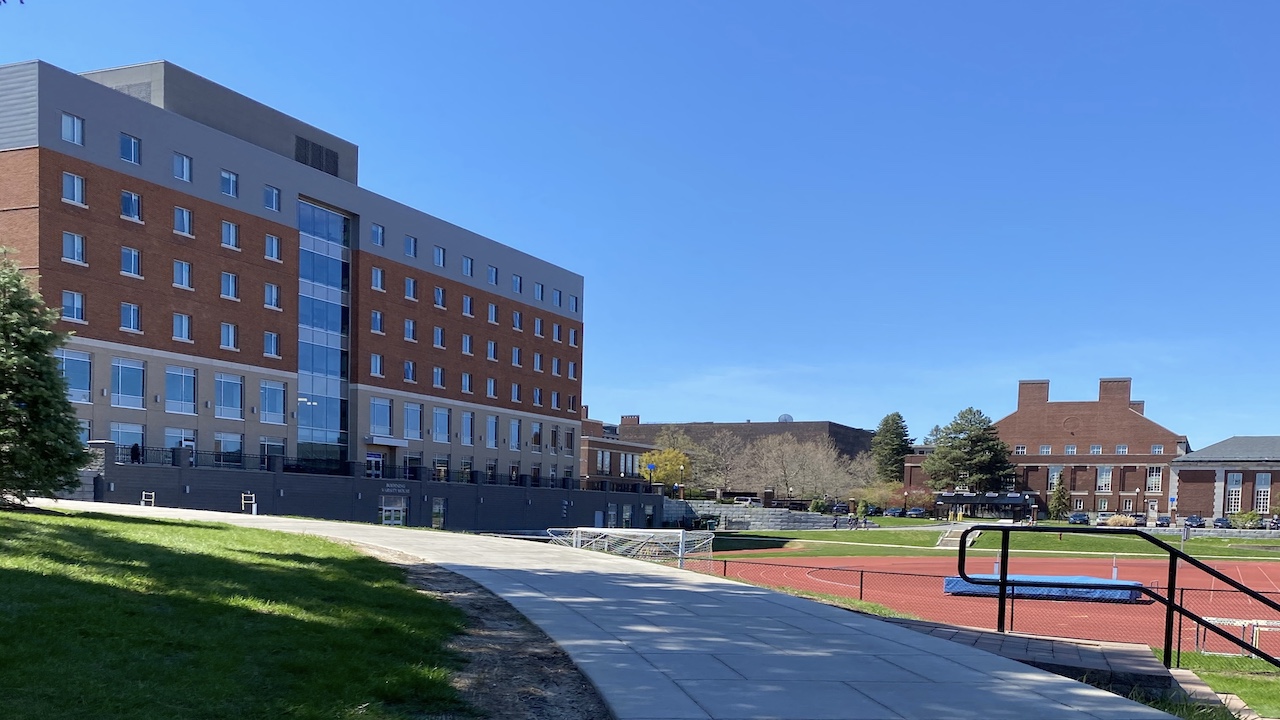GoGreen Guide to LEED
What is LEED?
LEED stands for Leadership in Energy and Environmental Design. It is a certification and rating system that evaluates energy efficiency and sustainability of buildings. The goal of LEED is to create a holistic system addressing all aspects of sustainability in the built environment, creating a comprehensive evaluation of buildings that reduce climate change impacts, conserve resources, and enhance quality of life. The system can highlight different aspects of the built environment including building design and construction, interior design, building operations and maintenance, neighborhood development, homes, and cities.
How does it work?
According to the U.S. Green Building Council, of all of the LEED credits, “35% relate to climate change, 20% directly impact human health, 15% impact water resources, 10% affect biodiversity, and 5% impact community and natural resources.” Some of the specific credits that are awarded to building projects include light pollution reduction, water metering, storage and collection of recyclables, and lead risk reduction. Building projects that are aiming to become LEED certified must undergo a verification and review process related to several sustainability factors; they are then assigned a level of certification based on their achievement of the criteria. The current levels of certification are “Certified”, “Silver”, “Gold”, and “Platinum”, depending on the number of points earned.
University of Rochester and LEED
According to the University of Rochester’s STARS (Sustainability Tracking, Assessment, and Rating System) report, which is a different type of sustainability evaluation program that we use to compare ourselves to peer institutions, two campus buildings are LEED certified. O’Brien Hall has the Gold level while Genesee Hall has the Silver level. Other buildings, such as Wegmans Hall, Lechase Hall, and Rettner Hall, are built according to LEED certification standards but have not been officially recognized.
Equity in the Built Environment
A downside to LEED is that there are fees involved to even get your project certified. This can become a large financial barrier for projects that may not have the funding to buy this kind of certification. This becomes an equity problem when groups who are attempting to achieve a sustainability certification are not able to be recognized because of a lack of monetary resources, especially when thinking about neighborhood development projects. Green building certifications like LEED can lead to benefits such as tax incentives, increased sales, and a more positive reputation as a sustainable project. Large fees disallow smaller projects from sharing these benefits.
How can we increase equity and sustainability in the built environment? One idea is to subsidize green building certifications such as LEED so that projects in communities with fewer resources are able to be recognized as sustainable and enjoy the benefits that come with it. Another idea would be to create education programs for green building, the built environment, and neighborhood development for people in low-income and minority communities, so that residents have the tools and the opportunities to engage in the construction of these sorts of projects.
Written by Carmen Marshall, ‘25
Photo by Carmen Marshall / University of Rochester

